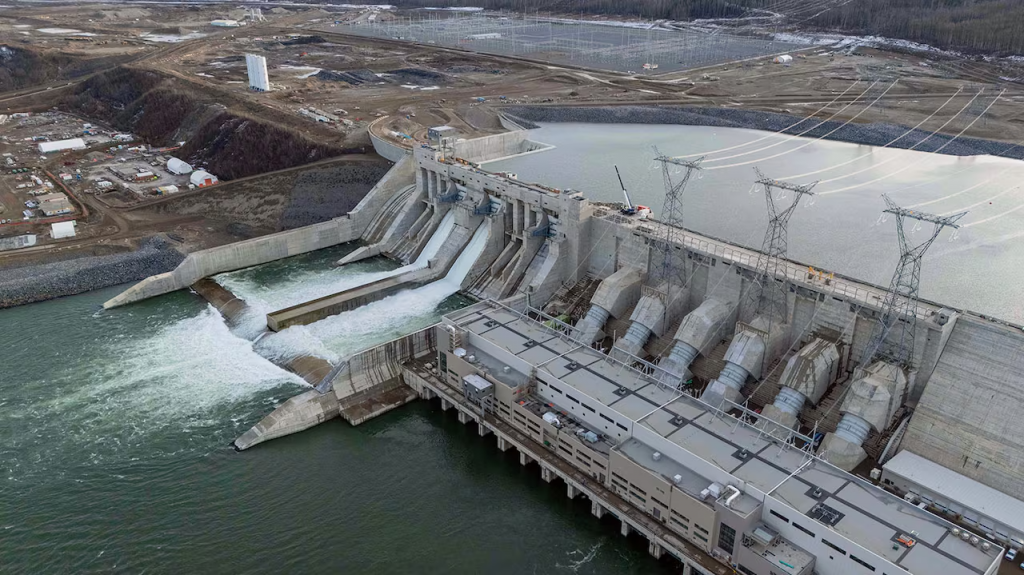Analysis: Ottawa names Yukon grid project in new major projects list. What does that mean?

With no promises of money to actually build the megaproject, benefits remain speculative
Prime Minister Mark Carney may have put the Yukon-B.C. grid connection on the latest list of nation-building projects, but Yukoners are no closer to knowing when they can tap into B.C. hydro.
The project’s attachment to the Carney government’s Major Projects Office does not come with any promises of money to actually help cover the estimated $4 billion it will cost to build.
While Ottawa has put up $40 million for a pre-feasibility study, the only new money announced last week is $139 million for B.C. Hydro to study the North Coast Transmission Line, to which the Yukon link would eventually connect.
The grid connection’s inclusion in last week’s list serves as a “signal” to regulators and potential investors that Ottawa considers the project important, said Yukon MP Brendan Hanley.
“It really sort of says this is significant,” he said. “Let’s make sure that we are as efficient as possible in moving this project towards construction and eventual completion.”
Even without concrete funding, some of the project’s supporters are indulging in a little modest celebration.
“I think it’s important for people to recognize just how transformational having an intertie with the B.C. grid would be for the Yukon,” said Jonas Smith, executive director of the Yukon Chamber of Mines.
It would certainly be transformational for the territory’s mining industry.
The proposed Casino gold mine, for example, would use more power (200 megawatts) than the territory produces (148 megawatts). A steady supply of hydroelectricity from the national grid would allow the company to adjust its plans to power the project with LNG.
Consultant reports for the Yukon Development Corporation, which is managing the project, suggest that, taken together, the North Coast and Yukon grid tie could help open up the region for more critical mineral mining and hydroelectric development.
That last detail could prove important, since it’s increasingly clear that British Columbia currently does not actually have surplus electricity to sell.
“Drought and rising demand have led to the province being a net importer for the past two years,” Heather Exner-Pirot of the MacDonald-Laurier Institute writes in the consultant report.
“Demands from LNG export terminals, natural gas production, mining and residential use will likely preclude any structural surpluses in the coming years.”
Related stories from around the North:
Canada: PM, Manitoba reaffirm Arctic Gateway push, though project absent from recent federal priority list, CBC News
Finland : Sami turn down participation in Lapland wind power survey, Eye on the Arctic
Norway: Norway, UK team up to protect subsea infrastructure against Russian hybrid attacks, The Independent Barents Observer
Russia: Putin in Arkhangelsk: Arctic industry and infrastructure on agenda, The Independent Barents Observer
Sweden: Electricity to get more expensive in the north due to new Sweden-Finland powerline, Radio Sweden
Russia : Russian nickel miner wants nuclear power for Arctic plant, The Independent Barents Observer



